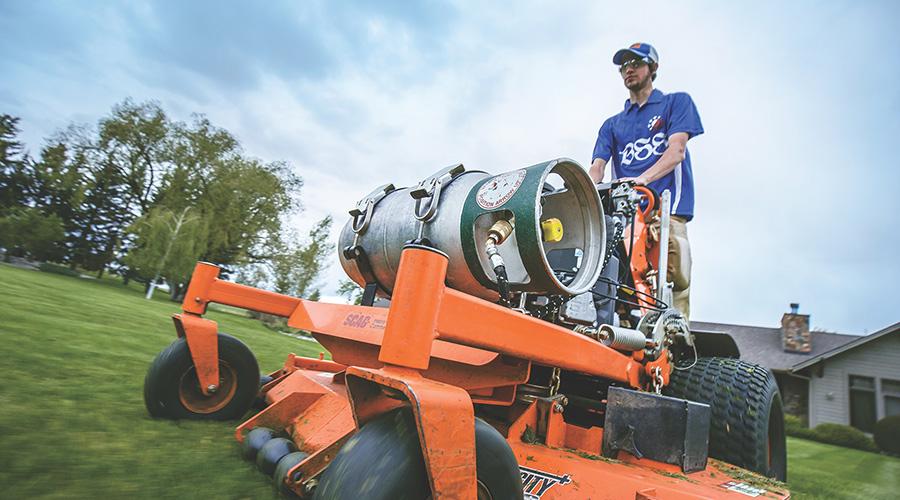Concrete Coating Considerations To Extend Performance Life
In addition to making repairs, concrete maintenance also involves the strategic application of coatings. This winter, temperatures throughout the Midwest hovered around freezing week after week. The temperature cycled from below freezing to above freezing every day. The result has been a great deal of damage to concrete surfaces.
One good corrective solution in these situations is to use air-entrained portland cement or air-entrainment admixtures that are 5-8 percent by volume. Very small air bubbles in these materials absorb water and make room for expansion as the water freezes. The result is a very durable concrete that stands up to severe frost, wet-dry and freeze-thaw cycles.
Concrete sealers are basically acrylics, epoxies, polyurethanes or silicates.
Acrylics are either water- or solvent-based exterior or interior surface films that are easy to apply and low-cost.
Epoxies create a high-build, quick-cure surface film. Two components mixed just before application on high-traffic areas or as cement-based overlays provide a durable, long-wearing, abrasion-resistant finish with excellent water-repellant qualities. But they are impermeable and could trap water, so they are recommended for interior applications.
Polyurethanes are resist chemicals and abrasions. They provide a high-build surface film for interior or exterior high-traffic areas or exposed aggregate walkways or patios. Moisture intolerant until cured, they should be applied only on dry, water-free surfaces.
Penetrating silicate sealers penetrate more deeply to shield against moisture and de-icing chemicals. They are good options for use on exterior concrete where corrosion or freeze-thaw cycles occur.
Thomas A. Westerkamp is a maintenance and engineering management consultant and president of the work management division of Westerkamp Group LLC.
Related Topics:













